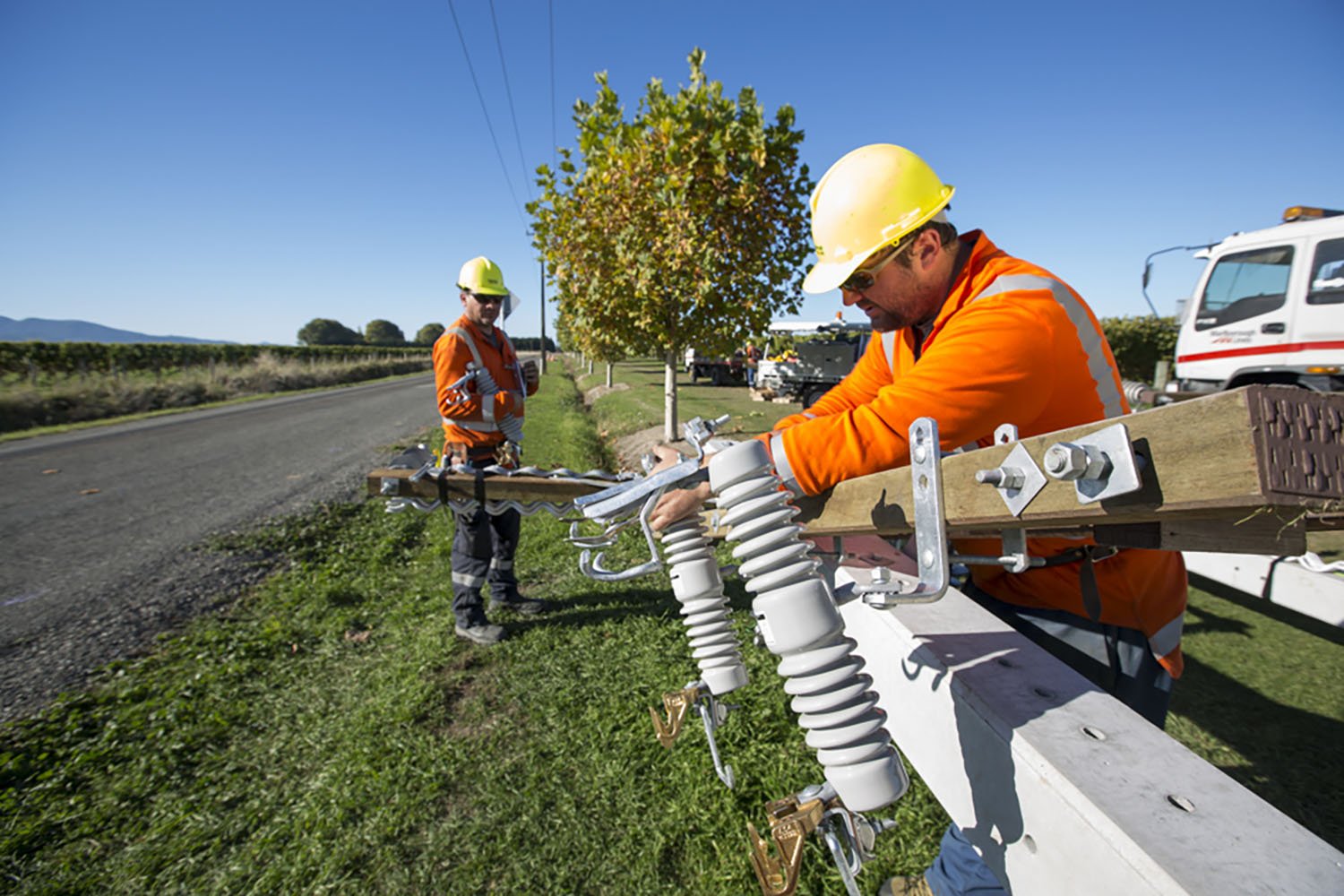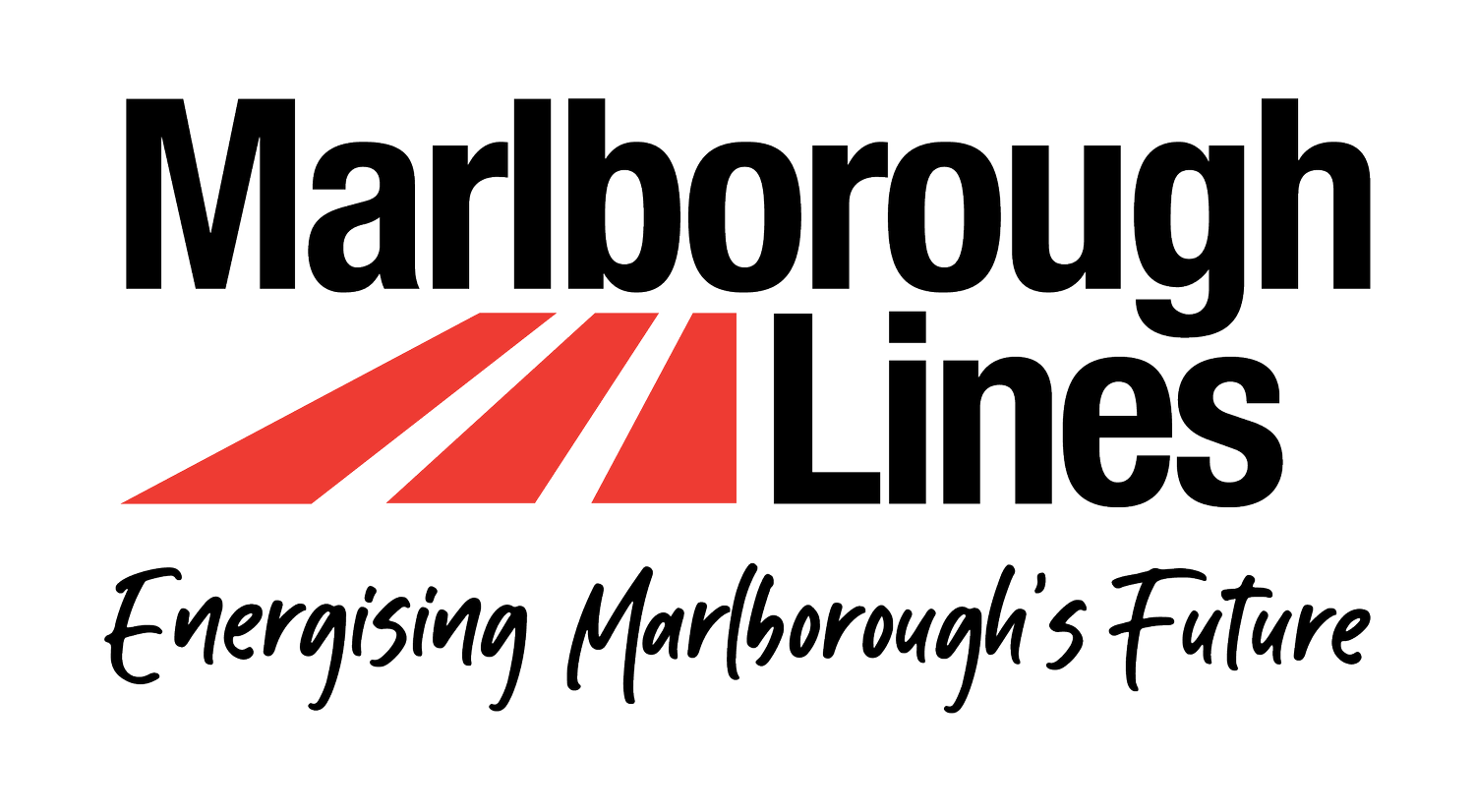
PRICING
Our Current Pricing Information
The pricing schedules and documents below outline our current line delivery prices, how we set and apply the prices, and ministerial exemptions.
Understanding Your Electricity Bill
As a consumer connected to MLL’s network, you will receive your monthly power bill from your chosen electricity retailer.
MLL passes distribution and transmission charges (which we incur from Transpower) to your electricity retailer. Typically, your retailer will invoice you for these distribution and transmission charges, as well as for energy, metering, and other related costs. These together make up your monthly power bill.
MLL’s distribution charges vary depending on your consumer type (e.g., residential, irrigation, small or large business) and the amount of electricity you use. Our current charges for all consumer types and energy usage are detailed in our Line Delivery Pricing Schedule, with additional information available in our Delivery Price Guidelines.
If you have controllable electrical loads (such as a hot water cylinder, night store heater, or EV charger) you might be eligible for a lower price. If your load meets the criteria outlined in our Delivery Price Guidelines, we will pass these lower prices through to your electricity retailer.
Reducing your electricity usage can also reduce the distribution charges we pass on to your electricity retailer. For tips on how to reduce your energy consumption, click here.
For more information, please contact our team.
Price Schedule
2025 – 1 April Line Service Pricing Schedule and Delivery Price Guidelines
Remote Areas Map (JPG). Note: The attached map shows remote and/or extreme remote areas - both of which are not eligible for the annual discount or the Low Fixed Charge pricing plan. Connections in these areas will be placed in either a remote or extreme remote price category.
Capital Contributions
Loss Factors
Pricing Methodology
For historical pricing information please click here.
Pricing Q&A
-
The pricing plan your electricity retailer will offer you is often influenced by the classification of the connection by Marlborough Lines, the provider of network services.
Marlborough Lines use the following residential consumer definition to determine eligibility for residential pricing plans.
Residential Consumer Definition
A residential consumer is where the consumer’s metered point of connection is for a home, not normally used for any business activity.
The classification used by Marlborough Lines is supported by the definition of domestic consumer and domestic premises set out in – section 5 of the Electricity Industry Act 2010.
• Domestic consumer means a person who purchases or uses electricity in respect of domestic premises
• Domestic premises means premises that are used or intended for occupation by a person principally as a place of residence; but does not include premises that constitute any part of premises described in section 5(c) to (k) of the Residential Tenancies Act 1986 (which refers to places such as jails, hospitals, hostels, hotels, and other places providing temporary accommodation).
-
Marlborough lines and your electricity retailer work together to assist low-use electricity consumers who use less than 8,000kWh per year, by offering a low fixed charge pricing plan.
The low-fixed charge price plan has a combination of low daily charges and higher variable charges when compared with the standard residential price plan. This means if you use less than 8,000 kWh per year the low fixed charge plan will be mean less line delivery charges for you.
The Residential low fixed charge pricing plan is generally available to Residential consumers at their principal place of residence.
Therefore the low fixed charge pricing plan is not available if the premises are:
• A holiday home.
• A building ancillary to a person's principal place of residence (e.g. shed or garage) that has a separate Installation Control Point (ICP).
Marlborough Lines is exempt from offering low fixed charge pricing plans under the Electricity (Low Fixed Charge Tariff Option for Domestic Consumers) Regulations 2004:
1. In areas designated as “remote” including: Kaiuma Bay, Pelorus Sound, Queen Charlotte Sound, Curious Cove, Port Underwood, Arapawa Island, French Pass, D'Urville Island, Upper Waihopai Valley, Upper Wairau Valley, Cape Campbell, Southern East Coast and Upper Awatere Valley.
Refer to Remote Areas Map (PDF).
2. For installations with capacity provided at >15kVa and/or three phase supply.
Examples of premises that are not residential include:
• Hospital, home or other institution for the care of sick, disabled or aged persons.
• Hostel, barracks, dormitory or other similar type of premises providing accommodation for any persons or class of persons.
• Building occupied by a club and used by the club for the provision of temporary or transient accommodation to members of the club.
• Hotel, motel, boarding house, lodging house used for the provision of temporary or transient accommodation.
• Camping ground, motor camp or marina.

Payments to consumers on Marlborough Lines’ network
Consumers may receive an annual discount payment, and a distribution payment from Marlborough Lines Limited (MLL) and the Marlborough Electric Power Trust (MEPT) respectively.
MLL owns and operates the electricity distribution network supplying Marlborough electricity consumers. The MEPT is a consumer elected trust and the owner of MLL.
The following information is provided for consumers' benefit to help explain the discount and distribution payments.
-
Marlborough Lines Limited Discount Payment
The discount payment is a share of the success from MLL’s network operations that is returned to eligible consumers connected to the network. The amount that an ‘average’ domestic consumer receives, based on the 2025 regulatory year prices and for a twelve-month consumption period would be approximately $245 (incl. GST).
The discount payment varies for each consumer and is related to the revenue recovered.
Marlborough Electric Power Trust Distribution Payment
The success of investments outside of Marlborough Lines (e.g., Nelson Electricity Limited) is returned to the MEPT, who then determine an amount to be made payable to eligible consumers.
The distribution payments are typically the same amount for each eligible consumer.
-
Marlborough Lines Limited Discount Payment
The installation must be actively connected on the qualification date and hold an active consumer account with an electricity retailer. Connections that are ‘vacant’ on the prescribed qualification date, i.e., active and with no consumer (as notified by the retailer), or a consumer located in a designated remote part of MLL’s network, are ineligible for the discount payment.
Remote consumers are ineligible because of the higher ongoing costs to supply these connections.
The connection must have been connected at some stage during the calculation period.
Marlborough Electric Power Trust Distribution Payment
The installation must be actively connected on the qualification date and hold an active consumer account with an electricity retailer. Connections that are ‘vacant’ on the prescribed qualification date, i.e., active and with no consumer (as notified by the retailer) are ineligible for the distribution payment.
-
Marlborough Lines Limited Discount Payment
The amount that each eligible consumer receives will depend on:
a. The number of eligible connections the consumer has;
b. The consumer group type (rates vary across consumer groups – refer to the current pricing schedule);
c. The number of days connected across the calculation period; and
d. The amount of electricity consumed across the calculation period.
Marlborough Electric Power Trust Distribution Payment
The distribution payment is based on the financial performance of MLL’s external investments, and the amount payable to eligible consumers determined by the MEPT.
-
The qualification date is set by MLL and is typically two to three weeks prior to payment dates. Payments apply to those eligible consumers at ICPs as at the qualification date.
-
Payment is made to consumers’ electricity retailers. The retailer then applies the payment as a credit to consumers’ electricity accounts. There may be a delay in time from when MLL makes the payment to retailers, until when the discount payment is applied as a credit by retailers to consumers’ accounts.
-
MLL does not have information on which consumers have been at connections during the calculation period, only at the qualification date. Therefore, MLL can only make payment to consumers (via retailers) for the consumer holding the connection on the qualification date and cannot apportion payments between different occupiers across the discount period.
If you are likely to change as the consumer of the connection (for example through moving property), you may wish to consider including a provision in your sale and purchase agreement.
-
As the discount must be paid as a credit to the electricity account for your installation we are not in a position to determine monies payable to individuals. The onus is therefore on you to recover the proportion of the discount that you believe is due to you. One way to do this would be to come to a prior arrangement with the person whose name the flat account is held in.
-
As an electricity consumer you have a contract with your electricity retailer and not MLL (MLL’s contractual relationship is with electricity retailers for the provision of the electricity network).
The discount is a reduction in the price that MLL has charged electricity retailers. As such, the discount needs to be applied in the same way as the initial prices were charged, i.e. through your retailer.
MLL’s contracts with electricity retailers requires passing on the discounts to consumers. If payments were made directly to consumers by MLL, the benefits consumers may receive would reduce due to:
a. additional administration costs, and
b. the payment having a different status for tax purposes.
